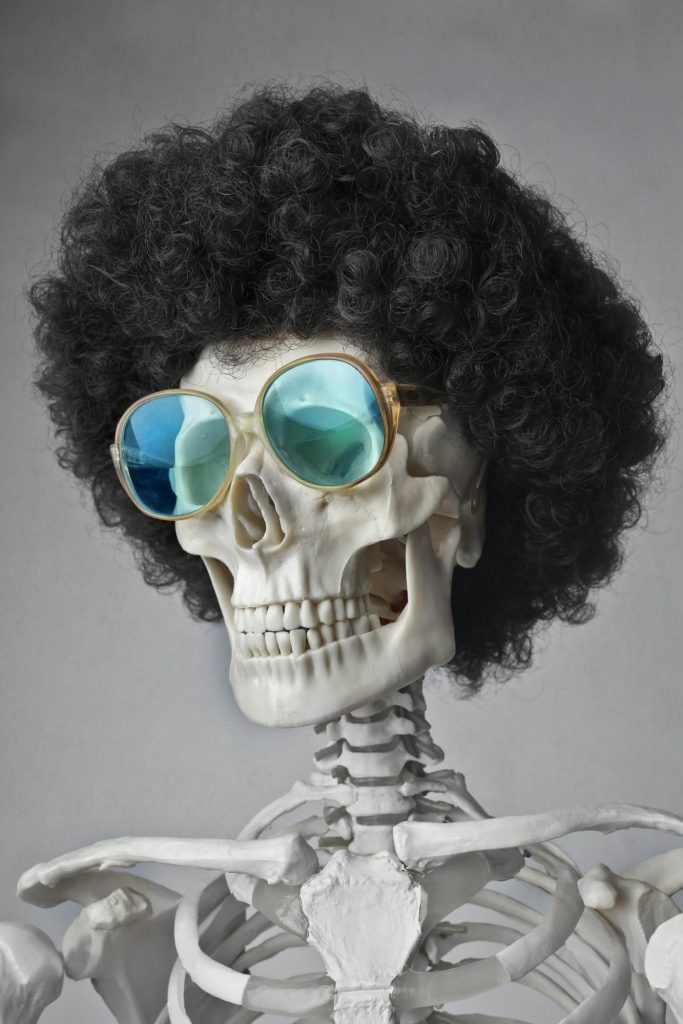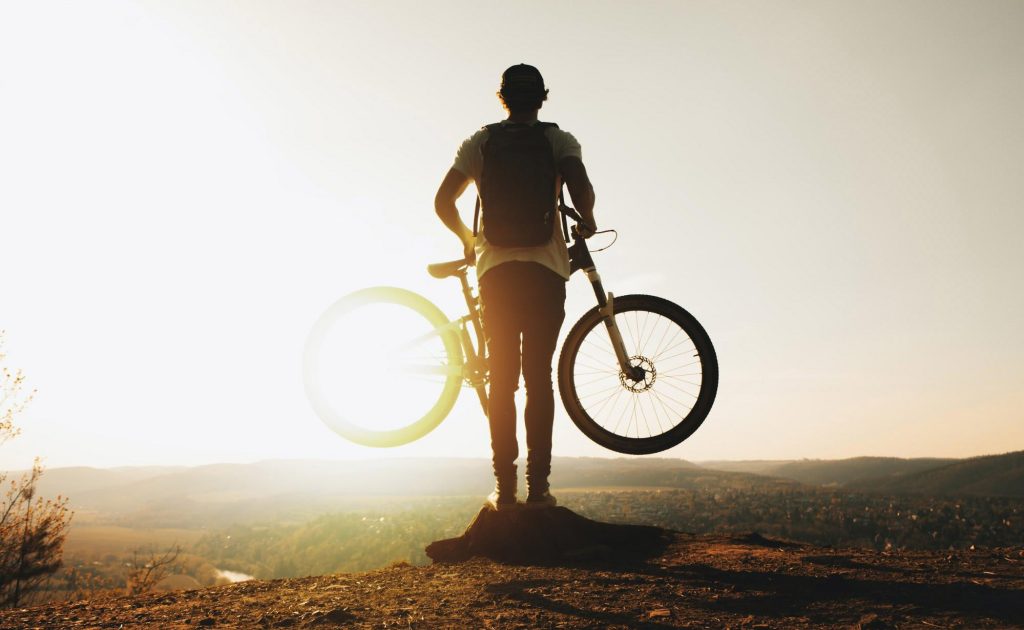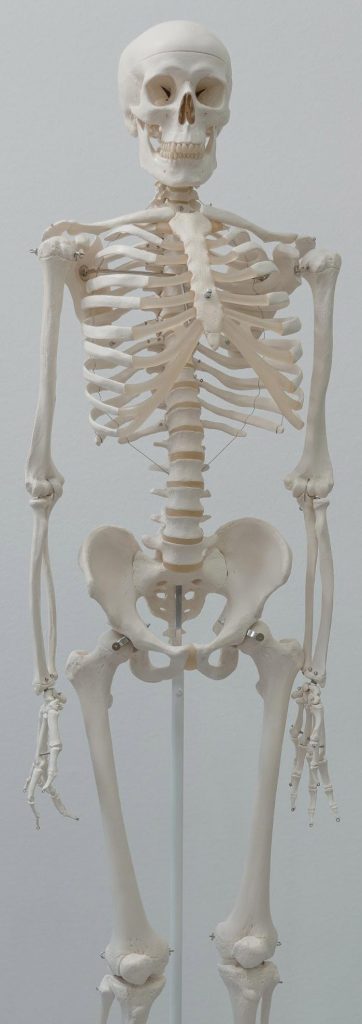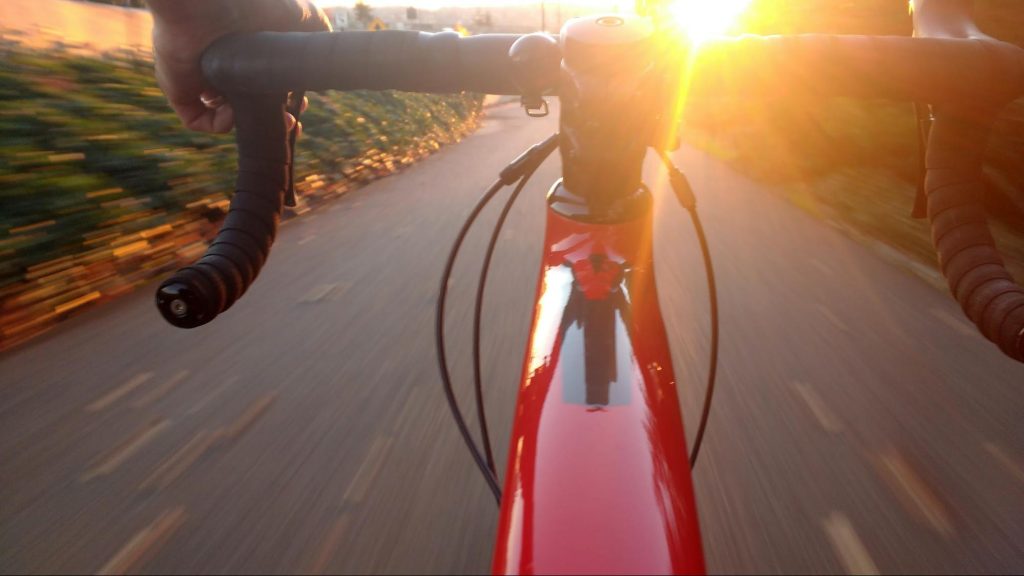
Cycling has been credited with promoting countless health benefits. Unfortunately, however, improving bone density is not one of them.
A recent study of master cyclists showed that, when compared with healthy men, matched for age and body weight, the master cyclists had lower bone mass density (BMD) at the hip and spine. Of the master cyclists, 67% had low BMD at either or both the hip and the spine, 52% were osteopenic, and 15% were osteoporotic.
- Osteopenia: when your bones are weaker than normal but not so far gone that they break easily.
- Osteoporosis: when your bones become weak and brittle so that a fall or even mild stresses like bending over or coughing can cause a fracture.
The greatest factor determining adult BMD is bone mass achieved during adolescent years and the cumulative amount of bone loading forces experienced over a lifetime. Decreases in BMD are noted if those forces are removed despite previous gains, as is the case with cyclists, who tend to spend long periods in the saddle and off their feet. Knowledge of the underlying contributors to reduced BMD in cyclists can help in prevention and decrease the risk of injury and osteoporosis-related disease.
Factors Which Have a Negative Effect on BMD in Cyclists
- Cycling is a low-impact non-weight bearing activity that is performed in a relatively fixed body position which significantly reduces bone loading forces.
- Recovery time from racing and training frequently involves non-weight bearing activities, such as sitting and lying, to reduce or eliminate muscular strain.
- Cyclists in general have low body weight which has been determined as a risk factor for osteoporosis.
- Poor nutritional health practices to obtain and maintain low body weight may contribute to a lack of vitamins, minerals, and nutrients required for healthy bones.
- Endurance exercise leads to hormonally mediated suppression of bone turnover by directly decreasing bone promoting hormone synthesis and secretion and indirectly through energy deficits created.
- Calcium loss through the skin while sweating is a risk factor, especially while training indoors, when the rate of perspiration tends to be greater.

Recommendations to Improve BMD in Cyclists
- Incorporate impact or resistance activities into training regimens as a preventative measure or treatment plan.
- Consume a balanced diet or supplement (as per recommendation) to ensure adequate daily intake of calcium and vitamin D.
- Vary the types of cycling, including more dynamic activities like mountain biking, which include larger ground-induced loading forces from terrain differences.

Dietary Suggestions to Promote Healthy Bones
- Eating the recommended daily intake of vegetables provides a source of vitamin C, which stimulates the production of bone-forming cells and protects them through its antioxidant effects.
- Since 50% of bone is made of protein, adequate intake is required to ensure proper calcium absorption to promote bone formation, decrease breakdown, and help preserve bone mass during weight loss.
- Ensure adequate intake of the vitamins D and K, either through a balanced diet, healthy exposure to sunlight (in the case of D), or supplementation (as per recommendations).
- Collagen is the main protein found in bones and supplementation (as per recommendations) may be beneficial in promoting bone health.
- Include foods high in magnesium and zinc in your balanced diet to provide necessary precursors to other bone density promoting nutrients.
- Consuming foods high in omega-3 fats may have anti-inflammatory effects and help protect against bone loss during the aging process.
Disclaimer: All content is for informational purposes only. It is not intended to be a substitute for professional medical advice and should not be relied on as health or personal advice. Always seek the guidance of your doctor or other qualified health professional with any questions you may have regarding your health or a medical condition. Never disregard the advice of a medical professional, or delay in seeking it because of something you have read on this website.

Strength Training Tips to Promote BMD
- Apply multiple varied bone loading forces to stimulate growth. The goal is to provide unique weight-bearing forces by changing movements, amount of resistance, and intensity.
- Choose exercises involving larger muscle groups. Since larger muscles can accommodate the stress of higher resistance there is greater potential to generate more total force.
- Allow sufficient rest between sets. The higher levels of resistance needed to stimulate bone growth require adequate recovery to generate the sufficient strength and power required.
- Be sure to focus upon the primary areas. Bone density is site-specific, therefore in order to promote growth in the most often affected hips, pelvis, and spine, target exercises which apply bone loading forces to those regions.
- Include plyometrics in your program. Impact and jumping exercises stimulate bone growth through the high forces of their rapid muscle contractions and the variable, uneven, and rapid rate of load application.
Indoor Cycling-Related Bone Loss Can be Prevented
The majority of research and data suggests that virtual cycling is a risk factor for the development of low bone density. Indoor cycling lacks a significant weight-bearing component, allows for excessive calcium loss through the skin, negatively affects hormone-mediated bone turnover, and is often associated with inadequate dietary intake of certain nutrients.
By adding a few focused and specific bone load producing exercises that stress your spine and lower extremities in a random and impactful manner, the risk of negative consequences can be reduced or avoided.
See previous installments of the An Active Approach to Cycling Injuries series for specific examples of strength training programs and exercise recommendations.
Your Thoughts
Share below!

